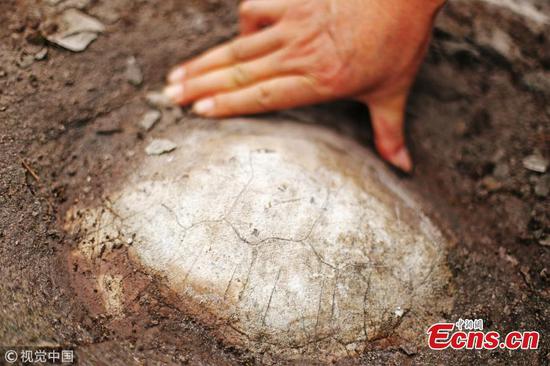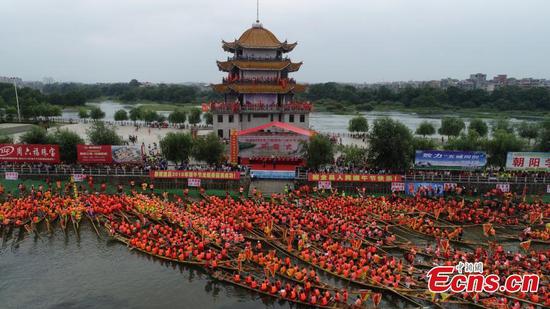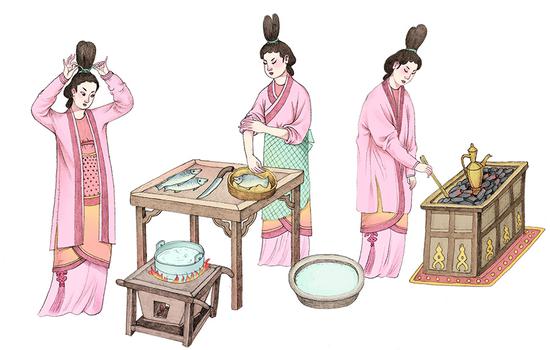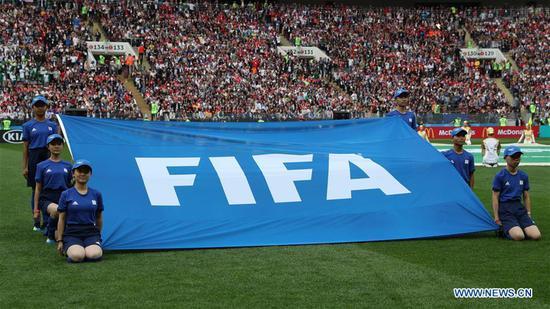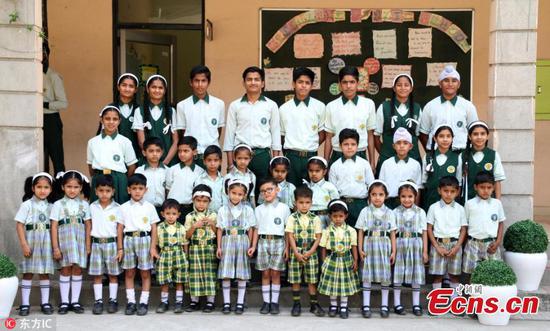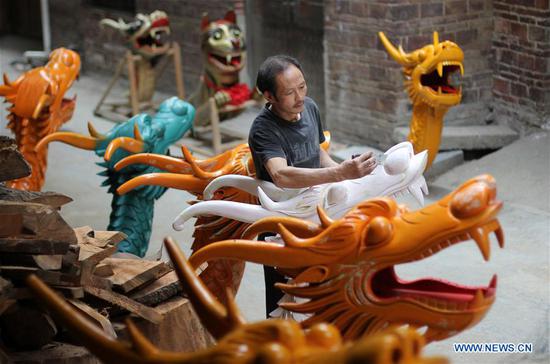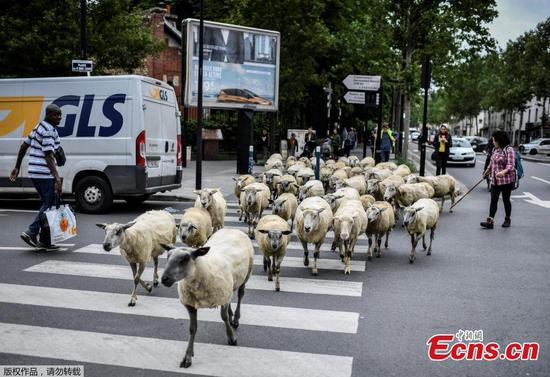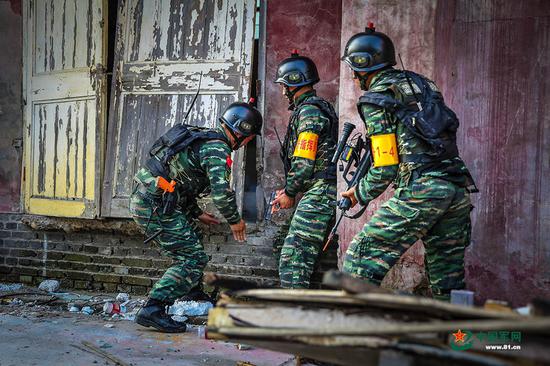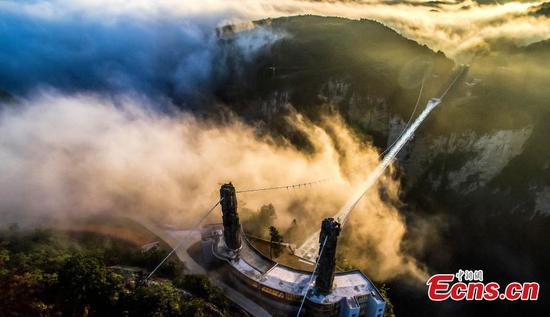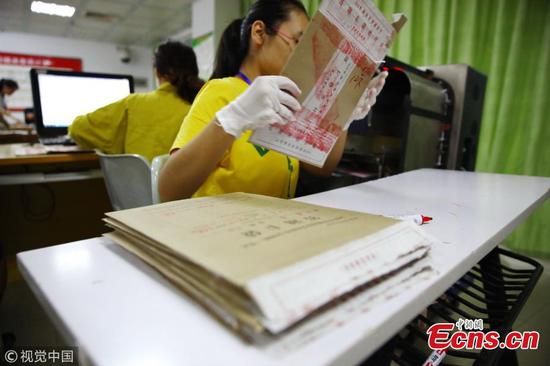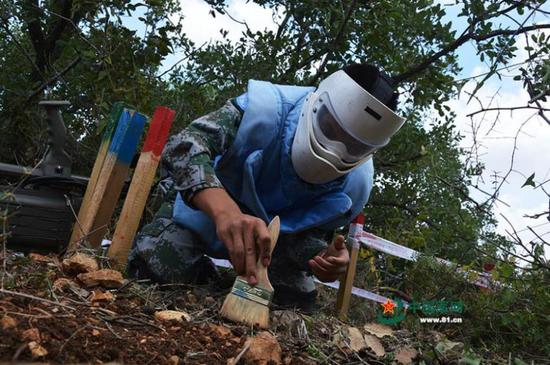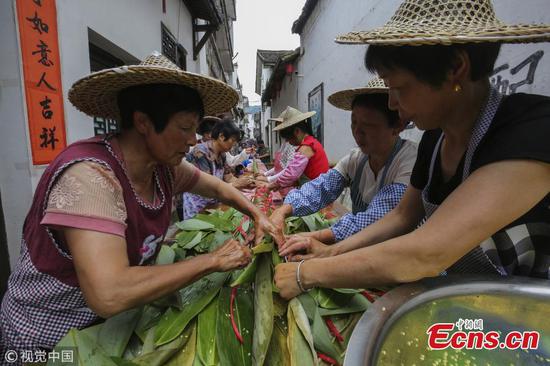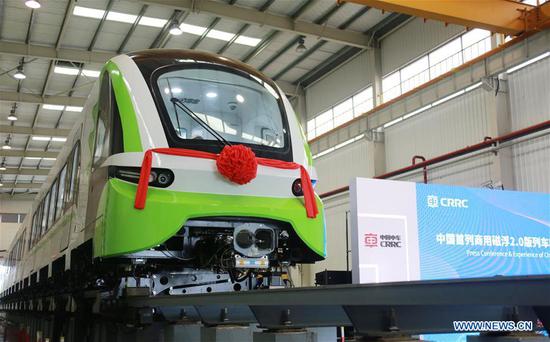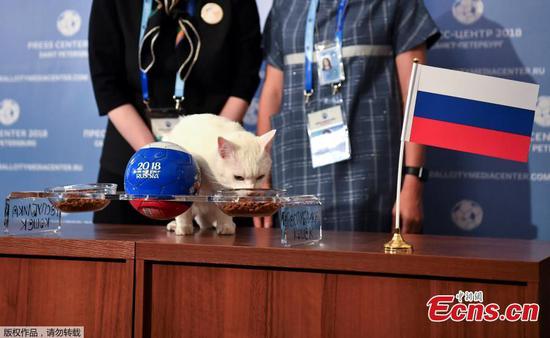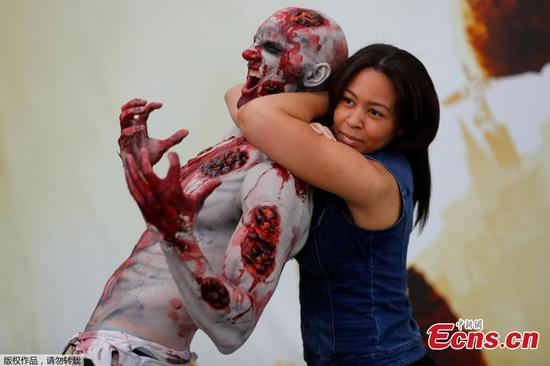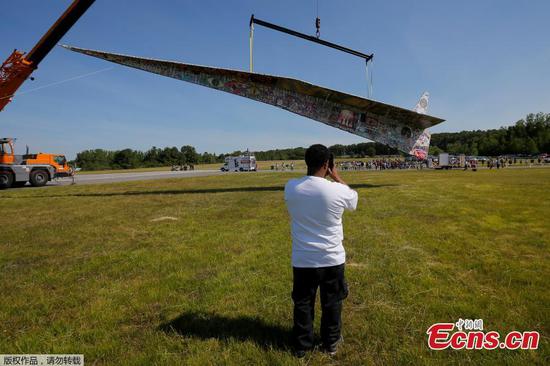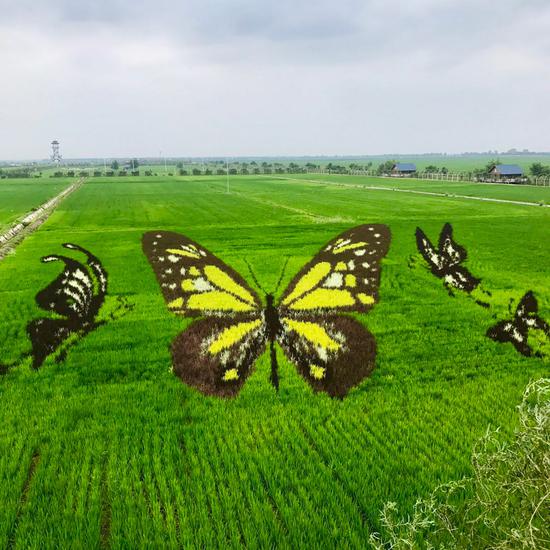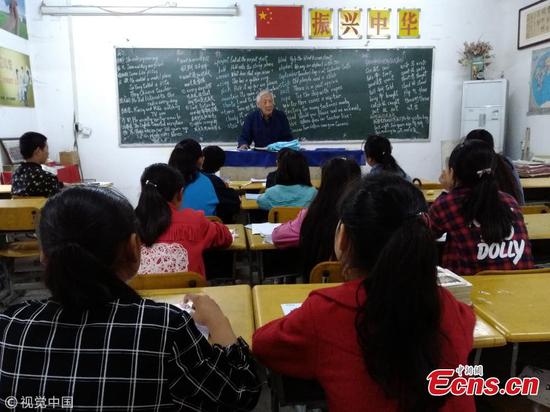Tian'anmen Rostrum, the front gate of the Forbidden City and one of the top tourist attractions in downtown Beijing, will be closed for renovation as of Friday and will reopen in April next year.
The renovation will focus on fixing water leakage, replacing old pipelines and repairing the paintings.
According to an inspection carried out between 2013 and 2014, the structure was generally in good condition. But problems such as water seepage and cracking of decorative paints surfaced.
Situated at the heart of Tian'anmen Square, the rostrum is regarded as a national symbol of China. Originally named “Chengtianmen” (the Gate of Accepting Heavenly Mandate), it was first built in 1417 and was the entrance to the Imperial City of the Ming Dynasty (1368-1644), where the Forbidden City was located.
According to archaeologists, the rostrum underwent two major renovations during the Ming and Qing (1644-1911) dynasties. Emperor Chenghua of the Ming Dynasty ordered the reconstruction, changing the design from the original paifang form to what it is today. Following the establishment of the Qing Dynasty, it was rebuilt and renamed upon completion in 1651.
1970 saw another reconstruction. The ancient building became more resistant to earthquakes and had more modern facilities such as an elevator, water supply and television broadcasting equipment.
Starting this month, the Palace Museum (Forbidden City) will be closed every Monday for renovation and maintenance for an indefinite period of time. The venue was home to China's emperors and was the highest center of power for five centuries. Last year, it received 16.7 million visitors.









